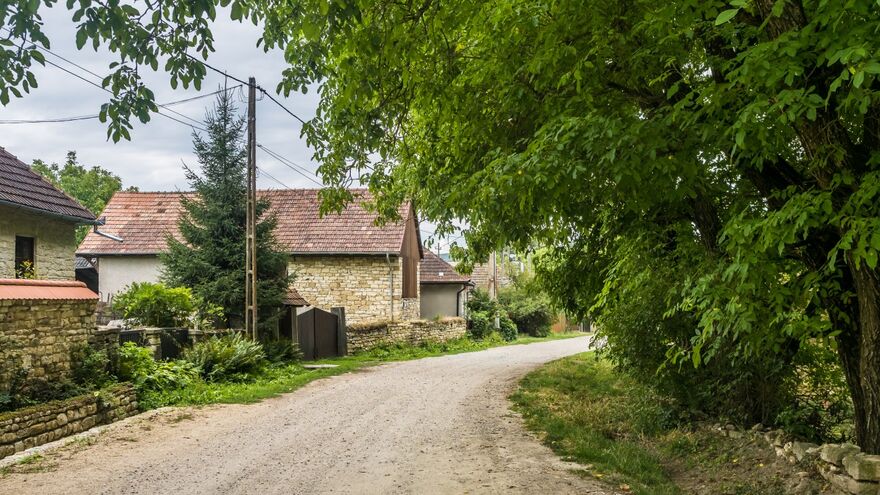The High Court have rejected an appeal by landowners in a case where the access had been physically used without issue until relations broke down and a fence preventing access was erected with far reaching implications.
Mr and Mrs Hambling bought a cottage with a field, separated by an access track. The track was owned by Mr and Mrs Wakerly and led to their home. Physically there was no boundary between the Cottage and the track, and it appears that the Hamblings often moved their horses across the track from the field to and from the stables which they had built in the garden of their cottage.
All was well, until the Hamblings sought a planning application for a new access from the main road and for use of part of the field to park vehicles in connection with their utilities installation business. This triggered a strong reaction from the Wakerlys who clearly felt that this would have an adverse impact on their own property. They erected a close boarded substantial fence down both sides of the track. Pictures in the media show a solid looking boundary fence blocking use of the original front door, the view to the field and according to the Hamblings light into the Cottage.
Unfortunately for the Hamblings, although they could physically use the track between the field and the stables and had done so for some time, legally they had no right to do so – the right of way that had been granted when the Cottage had originally been sold off only permitted access between the highway and the field. There was an express prohibition on access to the Cottage over the track and therefore the only way that the Hamblings could legally get from the field to their stables was by going to the main road, along the main road and then into the cottage grounds from the other side.
In proceedings which ended in the High Court, the Court rejected various arguments by the Hamblings including that the use of the access to and from the Cottage was ancillary to the right of way to the field and that by implication the access was intended for use through the front door of the Cottage which opened out onto the track across a strip of garden. In particular the High Court pointed to a covenant which required the original purchaser to put up a fence along the boundary between the Cottage and the track which they concluded was a clear indication, in conjunction with the clear provisions of the drafting prohibiting access to the cottage, that the track was never intended to be used for access to the Cottage.
The proceedings have come at significant cost to Mr and Mrs Hambling – their costs are reported to have been in the region of £160,000 and they estimated that £100,000 had been wiped off the value of their cottage.
It is always important when looking at a property to consider the terms of any essential easements very carefully as the Court will always look at the natural and ordinary meaning of the wording in the deeds, and the intention and understanding of the parties at the time. In addition buyers should never assume that a view across third party land is protected and consideration should be given to the possibility of fences being put up at any time that do not require planning or any third party consent.
If you need advice regarding property matters you can get in touch with our team of expert solicitors or contact Susanne Hinde at [javascript protected email address].
The information on this site about legal matters is provided as a general guide only. Although we try to ensure that all of the information on this site is accurate and up to date, this cannot be guaranteed. The information on this site should not be relied upon or construed as constituting legal advice and Howes Percival LLP disclaims liability in relation to its use. You should seek appropriate legal advice before taking or refraining from taking any action.

